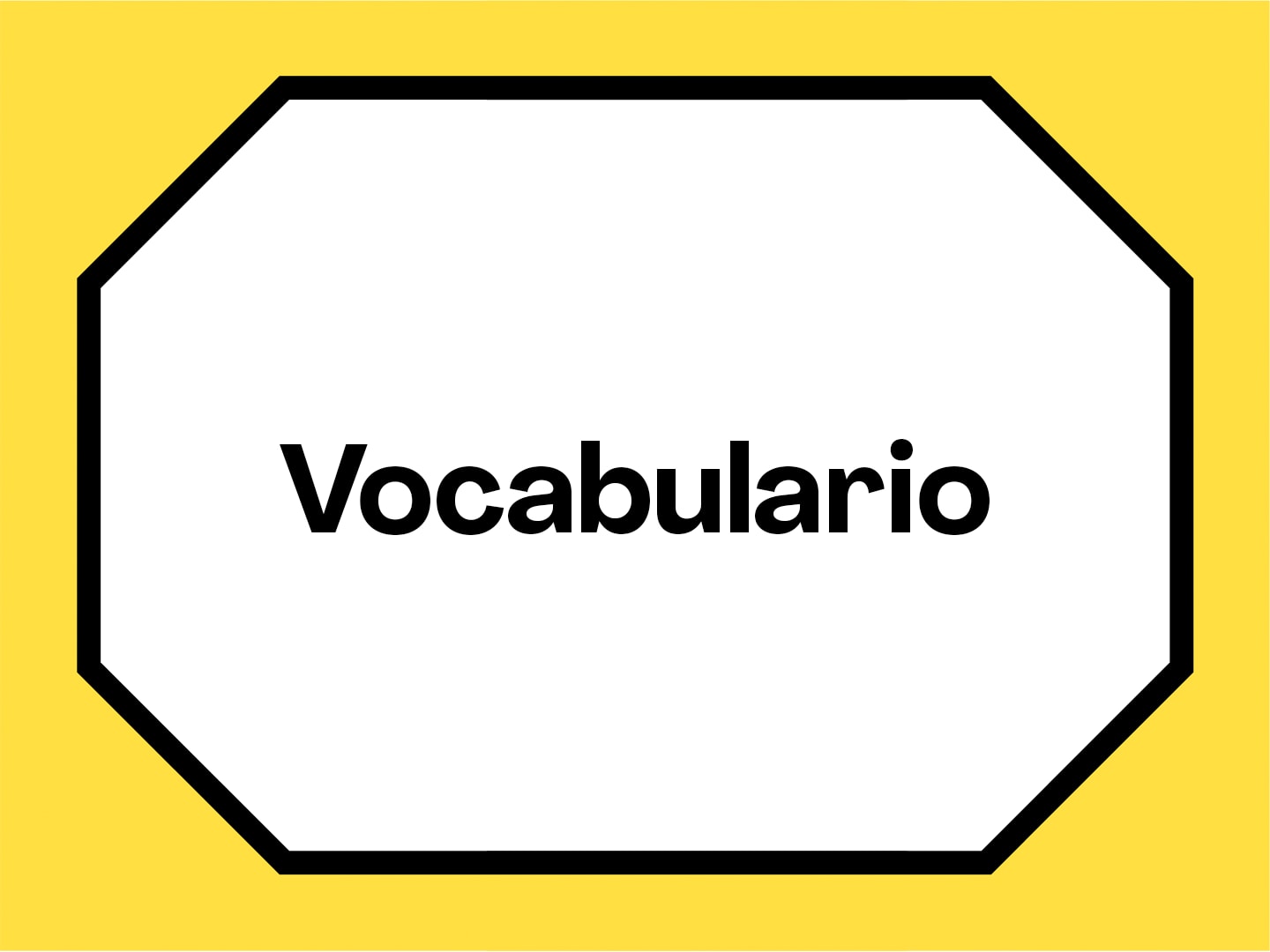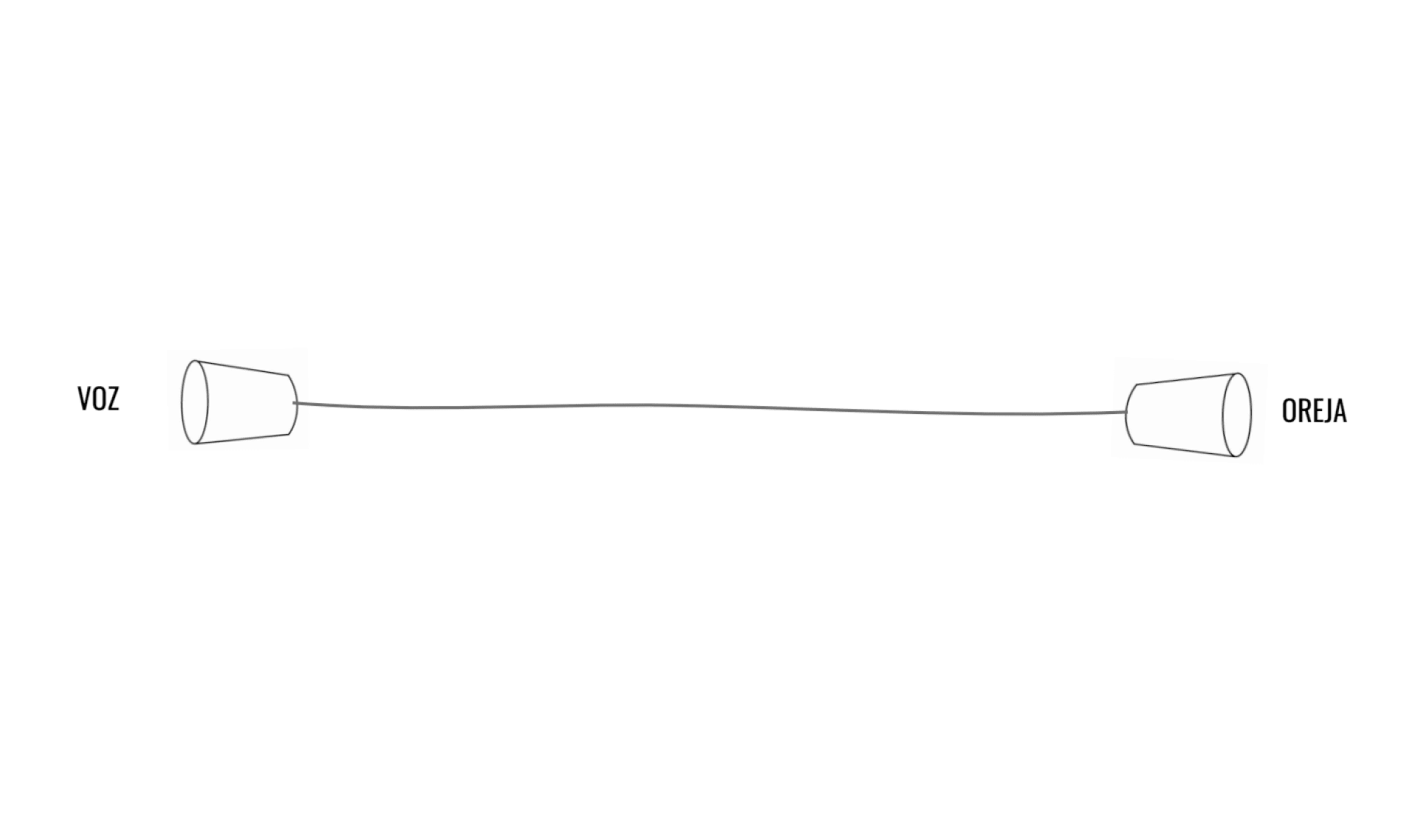Image & Video Credits
Mystery Science respects the intellectual property rights of the owners of visual assets.
We make every effort to use images and videos under appropriate licenses from the owner or by
reaching out to the owner to get explicit permission. If you are the owner of a visual and
believe we are using it without permission, please
contact us—we will reply promptly and make
things right.
Exploration
unit: siblings whispering by
wong sze yuen
echo "hello" by
© Jojikiba
, used under CC BY-SA
graffiti tunnel by
jmiller291
, used under CC BY-SA
"awesome echo" by
Emma Koi
boy yelling in forest by
Zurijeta
Zac by
Ric Moxley
grand canyon at sunrise by
sumikophoto
Zac's echo in the grand canyon by
Ric Moxley
group of friends by
aslysun
two people whispering by
sezer66
slo mo drum by
The Chernett Family
Speaker Vibrations affect Objects by
BluePigProductions: Eric van der Aar
cups vibrating from speakers by
ReggieErf
Activity
graphic pencil by
JohannPoufPouf
, used under Public Domain
kitten by
Okssi
seagull by
CocoParisienne
, used under Public Domain
two differently sized cups by
Maistrenko Ihor






